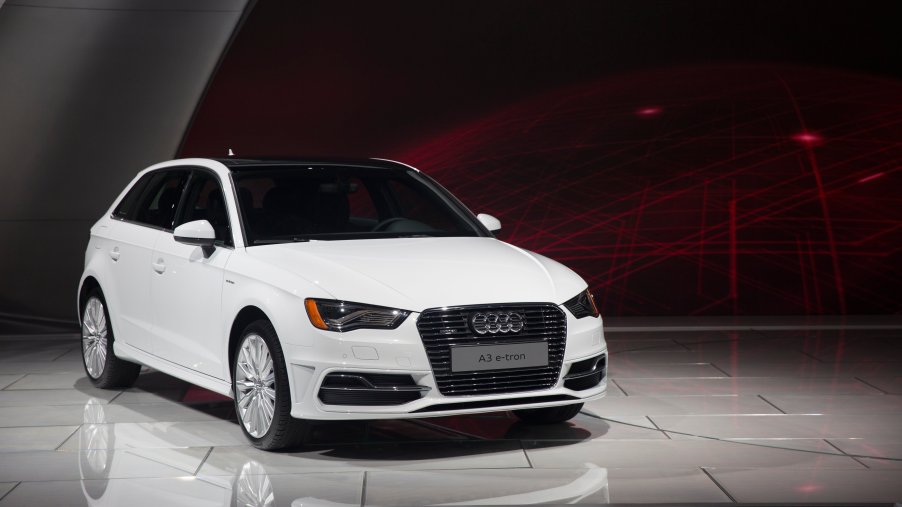
Fuel-Saver Flashback: Audi A3 e-tron
Over the past decade, Audi has been taking massive steps toward bringing electric cars to the market. In fact, they have a lofty goal of bringing 30 electric cars to their lineup by the year 2025. But every giant leap is usually preceded by smaller steps, in which case, the Audi A3 e-tron was part of the baby steps leading up to where the brand is now and where it will be in its electrified future.
History
The Audi A3 e-Tron was produced from 2015-2018 and it was based on the A3 sportback body style at the time. While it wasn’t exactly revolutionary, even back then, the A3 e-Tron was Audi’s first production plug-in hybrid model, which was unique for the luxury brand.
The A3 e-tron offered the best of two worlds, in that it utilized a parallel-hybrid system, which meant that an electric motor was sandwiched between the gasoline engine and the transmission. As great as the idea was, Audi ended the A3 e-tron production in 2018 due to WLTP (Europe’s version of the EPA) emissions standards, as opposed to lack of sales.

Engine
The Audi A3 e-tron was powered by a 1.4-liter, turbocharged four-cylinder engine that was mated to a 75-kW motor which produced 204 horsepower and 258 lb-ft of torque. The powertrain is powered by a 96-cell, liquid-cooled lithium-ion battery pack that’s mounted underneath the rear seat.
While most hybrids and electric vehicles currently use a CVT transmission for optimal acceleration and cruising, the A3 e-tron went a more conventional route by using a six-speed dual-clutch gearbox. Unlike most other Audi models, the A3 e-tron sent power to the front wheels only as the brand didn’t incorporate the quattro all-wheel-drive system on this variant.
Body
The A3 e-tron was based on the A3 sportback body style. It could seat up to five adults, however, not very comfortably, and its hatchback shape was useful for small to medium-sized cargo. The cargo area was rather small as well, measuring in at 13.6 cubic feet with the rear seats up and 33.7 cubic feet with the rear seats folded down.
On the exterior, there wasn’t much to delineate the A3 e-tron from its gasoline-only siblings, mainly some chrome strips near the single-frame grille upfront and “e-tron” badging on the sides. Audi used the hatchback body style over the sedan because they were able to seamlessly integrate the hybrid system with it and run the battery along the bottom of the car without impeding too much on the rear-seat room.

Fuel Economy
Since it was a plug-in hybrid, the A3 e-tron was able to operate on the electric motor alone for up to 16 miles, after that power was used up it switched over to the hybrid powertrain. The fuel economy numbers for the A3 e-tron were rated at 83 MPGe and 35 mpg combined for the gas/electric mode. As far as plug-in part of this hybrid, charge times could take up to 8 hours on a 110-volt outlet and up to 2.5 hours on a 220-volt.

Is it worth it to buy one today?
When the Audi A3 e-tron was new, it retailed for about $32,000 and up to $40,000 depending on the trim level and options. On the current used-car market, you can find them for anywhere between $18,000 to $26,000 depending on the mileage condition and location. In that case, that’s a pretty good deal, especially if you can make your daily commute on the electric power alone. In that case, buy one and own a small piece in Audi’s road to the electric future.



